The thing is, I was dreading Dread. Each new installment in the last 15 years has caused me to question more and more what Metroid is, where it's going, and whether or not I still belong in the fandom. Whereas the original Metroid, Metroid II, Super, Fusion, Zero Mission, Prime, Prime 2, and even Pinball are all games I love, like, or at least respect enough to have played a minimum of three times each—making sure to clear Hard Mode (if available) and get all the items and see all the endings—I haven't bothered beating any of the more recent games more than once. If I haven't truly enjoyed Metroid since the GameCube era, then how much longer can I complain about new installments before giving up on the franchise?
You may have noticed the title of this post.
I can no longer consider myself a Metroid fan.
Get comfortable; this is gonna be a long one.
It comes down to four key factors: accessibility, conveyance, difficulty, and storytelling. A fifth factor, which I wasn't expecting to be relevant in a direct sequel to Fusion, exacerbated the problems: not having played Samus Returns first. Until I get to the part where I discuss this fifth factor, I'm going to pretend like Samus Returns doesn't exist, so as not to muddy the waters with information I didn't have when playing Dread.
Major spoilers ahead for Dread, Fusion, and the rest of the Metroid series.
ACCESSIBILITY
There is no excuse for a game released in 2021 to have no customization options whatsoever, save for brightness. I wanted to crank up the music—an essential component of the Metroid experience—which I could barely hear over the sound effects. I wanted to adjust the Free Aim sensitivity so I could actually hit an E.M.M.I. in the face with the Omega Cannon; I had to be extra choosy about where to engage, because my aim kept snapping to odd angles that just missed the target.
Adding insult to injury, Dread's control "menu" assumes you're playing with the Switch in your hands, not on a television with a Pro Controller like I did. Having never played a Switch game before, I didn't appreciate the extra effort required to compare my controller against a diagram of a totally different one.
Moreover, I'm colorblind. Dread isn't the first video game to overlook my disability, nor is it the worst offender in the Metroid series (remember the final boss of Hunters?), but it's still disappointing. The map is harder to use than necessary because half the teleporter symbols look the same (why not use colors and shapes?). Unless they're on the same screen together, I can't tell a Charge Beam door from a Power Beam door (which doesn't sound like a big deal until there's an E.M.M.I. closing in and the door isn't opening).
Although I've never been formally diagnosed with OCD, I absolutely have some obsessive-compulsive tendencies. I'm the guy who jumps around the landing site in Super until every block of the map is filled in, including the tiny corners you can barely get into. So you can imagine my horror when discovering how excessively granular the map system is in Dread. Instead of splitting areas into chunks that mirror how much of the map you actually seen on your screen, it uses Samus as a paintbrush to color in the map one pixel at a time. Walk down a hallway that's barely taller than Samus is, and your map of that hallway is incomplete unless you're jumping into the low ceiling while you move. My undiagnosed OCD can't cope with that. It took me ~12.5 hours to reach the final boss, which feels absurd, and filling in my stupid map accounts for too much of that time.
CONVEYANCE
If you're going to tell me how to play Metroid, give me a dedicated tutorial area that finds a narrative excuse to teach me everything I need to know (eg, Prime). Otherwise, don't pester me with things I could learn from the instruction manual. I don't mind a brief explanation of how to use new abilities as I unlock them (eg, Zero Mission), and I don't mind if gameplay tips are worked into the story somehow (eg, Fusion), as long as the information is communicated in a consistent and minimally intrusive fashion. What I do mind is the kind of scattershot approach taken by Dread.
In lieu of a dedicated tutorial area, the part of Artaria where the game begins is packed with challenges that call on a variety of skills and techniques, with tutorial popups along the way. But the tutorial popups have no rhythm. Dread swings awkwardly between back-to-back tutorial popups and stretches of filler that don't seem to teach anything specific. The path is cluttered with a Charge Beam door and a Morph Ball tunnel that only serve to distract the player. Interrupting the training is a visit to a Network Station, where Adam discusses some game mechanics that aren't immediately relevant. Some abilities (eg, grabbing onto ledges, crouching, wall-jumping) are never explained at all.
The tutorial makes a lot of weird assumptions about what does and doesn't need to be taught. It's not nearly thorough enough to be geared toward brand-new players, yet it provides too much information to be aimed at seasoned Metroid players who just need to know what's new in this installment.
Except...I didn't see anywhere else to go. I traveled all the way back to the start in search of another route I'd missed. Nothing. I wandered for what felt like 20 minutes in search of the way forward, until I determined it had to be that door. By complete accident, I blew a hole in the side of the pool, which drained the water and allowed me to proceed.
Perhaps because I had the brightness turned up, or perhaps because of the distracting amount of detail and animation in the backgrounds, I didn't immediately notice that interactive floor panels have a glow around them. Every other Metroid has raised circular platforms that are architecturally distinctive, even before you factor in any special effects; the ones in Dread are square and basically flush with the floor.
It's easy enough to notice a white glow in a dark, empty Network Station; not so much when frantically trying to escape from an E.M.M.I. in a brand-new area I haven't had time to properly explore—one with foggy monochrome backgrounds, a softly pulsating glow that affects the whole screen, glowy white fog rolling off the floor, a white ceiling light faintly illuminating an unassuming machine in the background, and a type of environmental puzzle I haven't been trained to expect. I didn't even spot the suspicious rectangle in the floor below the button—again, too busy looking for an escape route to soak in the scenery.
To that end, Melee Counter would really benefit from being presented as an upgrade, not as a basic ability to be taken for granted. Collect it from a Chozo statue early in the game, solve a few puzzles requiring Melee Counter in order to leave the room, make sure the player really understands the mechanic. This would be a perfect place to teach the player that you can shoot and use Melee Counter in cutscenes, too. I, for one, am not accustomed to boss battles with interactive cinematic elements; getting punished for watching instead of playing the cutscenes in the fight with Corpius just made me feel stupid.
Metroid is not a game series I associate with high difficulty. Individual challenges might be tough—Prime 2's infuriating Boost Guardian immediately comes to mind, as do a couple ludicrous item puzzles in Zero Mission—but by and large, the real difficulty is self-inflicted: speedrunning, Hard Mode, 100% completion, even minimalist runs (someday I might resume my 1% run of Fusion that's been stalled for years at the Yakuza boss, a solid two-thirds of the way through the game). As long as I'm simply trying to finish a Metroid game and not being reckless about it, I can usually count on having few or no Game Overs.
I died more times in Dread than I have ever died across every playthrough of every other Metroid game combined.
To be clear, I didn't even finish the game. I gave up on the second form of the final boss, put the Game Card back in the box, and made arrangements to sell it to a friend so I never had to look at it again.
Samus starts with three new abilities that weren't in Fusion: Free Aim, Slide, and Melee Counter. The first two are fine—Free Aim offers precision control of an ability that has been expanding since the first game; and Slide is functionally similar to the Morph Ball, almost like an on-demand Boost Ball from the Prime games. Melee Counter, however, is a serious problem for me. I don't play games with quick-time events, and my experience with counter mechanics extends only as far as Timed Hits in Super Mario RPG; our boy Roy in Super Smash Bros. Melee; and the SenseMove, Lethal Strike, and Overblast mechanics in Other M, which I struggled with tremendously and feel are inappropriate for Metroid anyhow.
Melee Counter reduces combat to a series of pass/fail tests: pass, and you do massive damage, earn power-ups, and feel awesome; fail, and you take significant damage, waste a vital opportunity to succeed, and feel like a dunce. Far more often than not, I failed. I wanted to ignore Melee Counter altogether, but that's not really an option; enemies routinely prompt you to use it, boss fights drag on without it, and some bosses require a Melee Counter before they'll die or move on to their next phase. I constantly had to choose between playing how I wanted to play, which usually got me killed, and playing how the game wanted me to play, which usually got me killed.
Furthermore, I could never tell how close I was to defeating a boss. All the 3D Metroid games give the bosses a health bar, and all the 2D ones since Super have the bosses change color and/or incur visible battle damage as they lose health. Dread does neither. I can't work out a good strategy if I can't gauge the impact of my attacks.
Every time I collected a major upgrade, I backtracked through the whole game in search of any place to use it, in the hopes of finding any advantage to keep me alive longer. This wrecked the pacing, and it also led to frequent disappointment: I kept discovering shortcuts I didn't care about, Missile Expansions I didn't need, Power Bombs I wasn't yet authorized to use, and rooms that suddenly dead-ended in a puzzle immune to sequence-breaking. On the off chance that I might find something useful, I willingly threw myself into lava pits and cold storage rooms without the Gravity Suit. Losing health in awkward increments, rather than continuously like in every other Metroid, usually made these excursions too unpredictable to survive.
It's an unspoken rule that you can only die in Metroid if you run out of energy or, in the case of an escape sequence, time. Nothing short of a planet or space station blowing up around Samus is inherently fatal (except in Hunters, where she can die for something as trivial as falling into an infinite abyss). If Dread were true to its roots, an E.M.M.I. would keep trying to impale Samus at regular intervals, dealing massive damage until the player got the timing right to escape. But no, you have one chance to survive—and the game flat-out tells you that success is virtually impossible (ie, don't even bother; just die).
Metroid is all about starting virtually powerless and growing into a nigh-unstoppable juggernaut, with increasingly formidable foes and puzzles challenging your supremacy. The E.M.M.I. don't challenge your supremacy; they make you repeat what is fundamentally the same challenge at various points in the game, but each time, you're a bit less pathetic. You still need the Omega Cannon to win, and all it takes is merely touching an E.M.M.I. to lose, but at least it's gradually easier to keep your distance. And keeping your distance is basically the same challenge in the five E.M.M.I. Zones where it matters, which are all comparable in size and complexity—whatever strategy you use to survive the first one will probably work for the others, and for me, it was mostly trial and error. That's not satisfying, and it's not empowering.
After a while, I became numb to the game's attempts to instill a sense of dread in me. It's hard to feel tense and afraid when I know that whatever's around the next corner will kill me, and that I won't lose any progress because there's a checkpoint at the entrance. The "low health" alarm, which normally inspires panic and lights a fire under me to play better, loses its impact when I hear it all the time (or not at all, because the bosses killed me that quickly). Dread's difficulty interferes with its ability to create the atmosphere I look for in a Metroid game, including a feeling of triumph over adversity. All the power-ups in the galaxy can't save me when practically every boss fight hinges on the pass/fail Melee Counter system I haven't mastered.
STORYTELLING
Storytelling is more than just dialogue and cutscenes. Everything from music to graphics to level design can help tell a story, evoking an emotional response from the player that makes the game world feel more engaging and believable. Just imagine what the final escape sequence in Super would feel like without the blaring alarm, flashing lights, shaking screen, rampant explosions, and hectic music. Storytelling in Metroid is all about getting the player immersed in the atmosphere. For me, the absolute easiest way to break that immersion is to play fast and loose with story continuity.
Consider the ending of Fusion. Samus knows that the X Parasites are a threat to the entire galaxy and must be destroyed. The Galactic Federation knows that Samus is a threat to their secret plans to control and exploit the X Parasites. Adam, whose duty was to keep Samus locked in a room to prevent her from blowing up the station, is persuaded by Samus to unlock the doors and help her blow up the station, along with a whole planet for good measure. As these two newly minted fugitives escape the destruction, Samus ruminates on what lies ahead: she and Adam will be held responsible; there will be "tribunals and investigations"; and the "beings of the universe" likely won't understand what happened here, despite Adam's optimism that someone will understand.
Consider the beginning of Dread. An indeterminate amount of time after Fusion, but seemingly not long enough for those "tribunals and investigations" to have concluded or for any trust to have been rebuilt among any of the parties involved, Samus is off to find more X Parasites, apparently at the behest of the Federation. By all appearances, it's a perfectly normal mission. Samus is traveling with Adam (and some other AI who seems to be the ship's computer, despite Adam already being the ship's computer) in the same ship that the Federation gave her in Fusion (whose subtle redesign is on the border between "artistic license" and "disregard for visual continuity"). She's getting paid a bounty (which Adam complains is too low, despite knowing full well that Samus would sacrifice her career and herself for any chance to destroy the X Parasites). There are no suspicions, misgivings, or caveats of any kind. Anything about Fusion that might've upset the status quo is never mentioned.
Oh, and this is a small thing, but it says a lot: breaking from the tradition of the previous mainline games, the intro never tells us this is "METROID 5."
Then things got worse. Samus is approaching planet ZDR, now she's unconscious, now she's riding an elevator, now she's landing the ship, now the elevator, now the ship, now the elevator, now she's fighting someone, now she's being choked, now she's fine, now let's go shoot stuff. Everything happened so quickly and jarringly that I had to rewatch the intro on YouTube to understand what was going on.
There's no reason to put those events out of order. Showing the outcome of the battle before the battle diminishes the drama. It's extremely confusing to have a series of flashbacks mere seconds into developing what the present looks like, especially when there are flashbacks within flashbacks. All the quick cuts and closeups make things even harder to parse. At one point, a massive blast is fired toward the elevator, but the camera doesn't zoom in or linger long enough to confirm whether our best escape route has been rendered completely unusable—because if it hasn't, then all Samus needs to do is grab the Flash Shift or Speed Booster or Space Jump, cross the broken bridge, and leave.
Ostensibly, checking in with Adam at the Network Stations should give the game direction. Except Adam mostly exists to explain game mechanics, reiterate plot details you already know, and tell you what the developers want you to do next. His dialogue is generic, devoid of the bluntness, efficiency, and wisdom that we see in Fusion and (I can't believe I'm acknowledging Other M) Other M. Because Adam never sounds like himself, not even in the intro cutscene, I honestly can't tell where he stopped being Adam and started being Raven Beak—so either their two voices are indistinguishable in the absence of obvious phrases such as "any objections, lady" or "fulfill your destiny," or it was Raven Beak the whole time and he's just the most generic-sounding villain ever, neither of which is indicative of good writing.
Samus's apparent indifference to her mission and circumstances takes away any sense of urgency or character agency. You're fighting bosses and searching for secrets because that's how the game works, not because it seems to matter to Samus. She's not a silent protagonist; she's an absentee protagonist. Compare her elevator rides in Prime, where she's alert and emotive, with her tram rides in Dread, where she's a faceless statue; it never quite feels like Samus is really there.
One of my favorite moments in Metroid II is at the very end of the game, when you finally escape the cramped, deadly labyrinth and return to the peaceful, spacious surface. There's a rush of freedom and relief that comes with seeing the open sky again, Space Jumping into the stratosphere, and knowing you made it out alive. When I reached the surface in Dread (after spending most of the game zig-zagging horizontally instead of really navigating upward like Adam said), I felt...nothing. The surface is just another enclosed area with a ceiling, no different from any other area in the game, and you're there for all of five minutes before being routed back down to Ferenia again.
There is a similar anticlimax before almost every boss fight. I think about my experience with the leadup to Kraid. Gnarly statue at the entrance. Spooky. Ammo refill. Secret path. Save point. Must be something big through this teleporter. Huge excursion that leads to the Varia Suit. Nice! Time for another huge excursion to a bunch of areas I couldn't access before. Is there anywhere I forgot? Lemme try this door. A couple lava pits, destructible walls, and a mix of large and small enemies. Typical stuff. A casual drop down to a door with a worm enemy attached to it. Behind it is...the room I just came from. Well, that was pointless. Oh, wait, there's a tiny shaft I can Morph Ball into. CUTSCENE! TENSION! OH BOY IT'S KRAID!
I have several other complaints, but I'll keep them brief. The game starts with an infodump about Metroids and X Parasites, which easily could've been worked into the ensuing cutscene or dialogue elsewhere. I feel weird about the Chozo in this game, who seem less like sci-fi aliens vaguely influenced by the ancient Egyptians and more like stereotypes of Indigenous peoples. After several rewatches, I still don't understand what happened in the last E.M.M.I. cutscene, where Samus's hand starts glowing and the Central Unit just...gives up its power remotely, without a fight? Lastly, I was hoping for a nod to the Metroid project "Dread" referenced in Prime 3, which itself was a reference to an earlier, cancelled iteration of Dread.
Oh, and let's not forget the gigantic plot hole: Raven Beak lures Samus to ZDR to steal her Metroid DNA, right? He defeats her in combat, rendering her unconscious, and then...leaves her to die in any number of ways that might prevent him from extracting her DNA? Like, dude. Carry her to an E.M.M.I. Zone and claim your victory. You are just the worst.
Even the art book that comes with the Special Edition of Dread is deficient in its storytelling. Advertised as "spanning all 5 entries in the 2D Metroid saga" and styling itself as "Mission Logs" on the cover, the art book had me expecting a love letter to the whole series. Except there's no foreword or overarching narrative tying everything together as "Mission Logs." In fact, nothing is even labeled; it's just a collection of images with no context. Dread has a luxurious 128 pages to showcase novel and highly varied art of all kinds; the other four games (plus the two remakes) are crammed into 62 pages and represent a sampling of promotional art only. If you own the North American instruction manuals, you've seen most of this art already. Decent for a casual fan, but disappointing for a diehard. Call it a Dread art book with bonus content; don't get my hopes up.
Normally, when a new Metroid is released, I play it as soon as I can get my hands on it. Samus Returns was the exception. I've been playing fewer platformers in recent years; and I wasn't ready to play another Metroid II remake so soon after playing AM2R (Another Metroid 2 Remake), which reassured me that at least the fans hadn't forgotten what makes Metroid good. By the time I was finally ready to start a new Metroid, preorders had opened for Dread. I opted to keep Samus Returns on the shelf a little while longer, figuring it would be a good palate cleanser if Dread ended up being terrible.
Biggest mistake of my Metroid career.
Given my fondness for the source material, and the fact that there was source material, I assumed Samus Returns would be a return to form—probably not as good as AM2R, but undoubtedly more engaging and Metroid-y than anything since 2006. I still believed that the last several installments were anomalies, despite the same issues cropping up: problematic storytelling (Prime 3, Other M), core elements that don't feel appropriate for Metroid (Hunters, Prime 3, Other M, Federation Force), and uncomfortable control schemes (Hunters, Prime 3, Prime Trilogy, Other M). I held out hope that the next traditional 2D installment would bring balance to the franchise.
What was that line from the Star Wars prequels? "You were supposed to destroy the Sith, not join them"?
I missed all of them. Accessibility, conveyance, difficulty, storytelling—every problem I had with Dread and with the last 15 years of the franchise were present in some form or another. If I had realized this sooner, I would've been wary of another Metroid by the same developer. Maybe I wouldn't have played Dread at all, choosing to drift away from the franchise instead of needing to forcibly and painfully cut ties with it. Or, I would've gone in with more accurate expectations, a better handle on Melee Counter, and an understanding that glowy floor panels operate everything. I would've waited to play Dread until tracking down the amiibo—the Reserve Tanks I unlocked in Samus Returns are the only reason I didn't give up on that game, too.
Either way, I'd still be walking away from the franchise. But at least some of the disappointment, confusion, frustration, and outrage that overwhelmed me in Dread would've been shifted to the game that laid the groundwork for it.
MISSION FINAL
In the weeks that it's taken me to write and organize these thoughts, I've been listening to Metroid music that makes me remember why I was ever a fan to begin with. Right now it's the title theme for Prime on 30-minute loop, which I've restarted multiple times now. I've needed to be reminded that Metroid—true Metroid—is a fabulously immersive experience that puts me in the Hi-Jump Boots of an awesome bounty hunter and lets me forget about my world for a while.
Dread, on the other hand, is merely a video game.
Whatever I might like about it—and there are things I like about it—is completely irrelevant in light of its flaws. It's poorly written; sloppily designed; dismissive of tradition; impossible to accept as canon; and inconsiderate, if not downright hostile, toward players like me. I am not the target audience. In fact, I haven't been the target audience for about 11 years, but that's never stopped me from taking a chance on the latest installment. Now I know better. There's only one link left in this evolutionary chain, and that's the Queen Metroid. I don't want to be anywhere near her when she takes the throne.
I am done with Dread, and I am done with this franchise. I won't see you next mission.
[Controls screenshot from the Metroid Dread controls guide by All Gamers. Game Over screenshot from a thread by martian717 on reddit. Metroid Mission Logs photo, Metroid screenshot, and Metroid II screenshot taken by me. All other screenshots taken by me from longplays of Metroid Dread, Metroid Fusion, Metroid: Samus Returns, and Super Metroid by LongplayArchive on YouTube. No Etecoons were harmed in the writing of this post.]
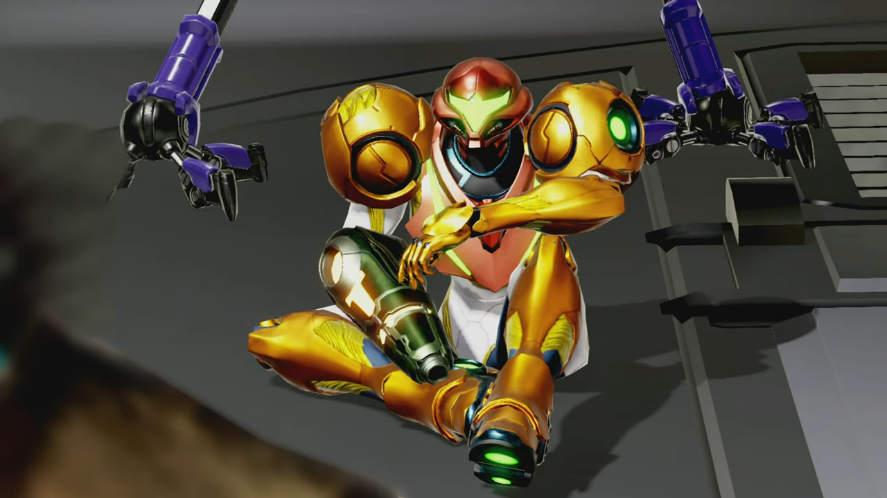
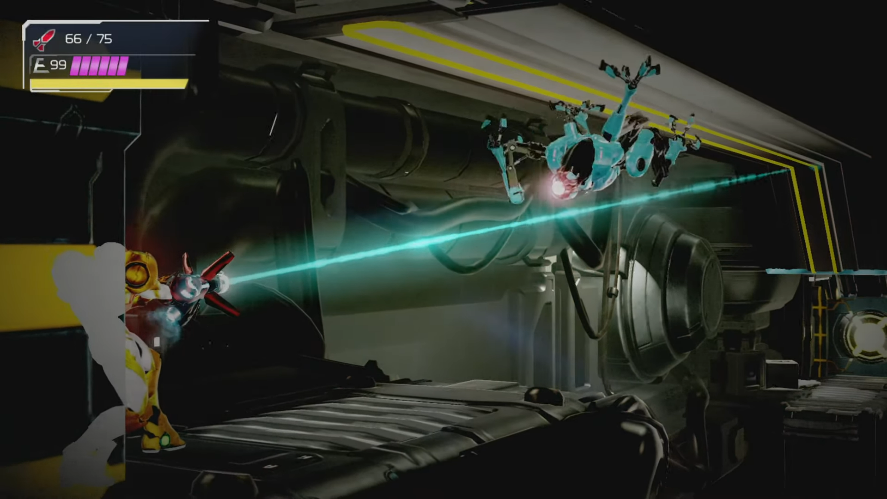
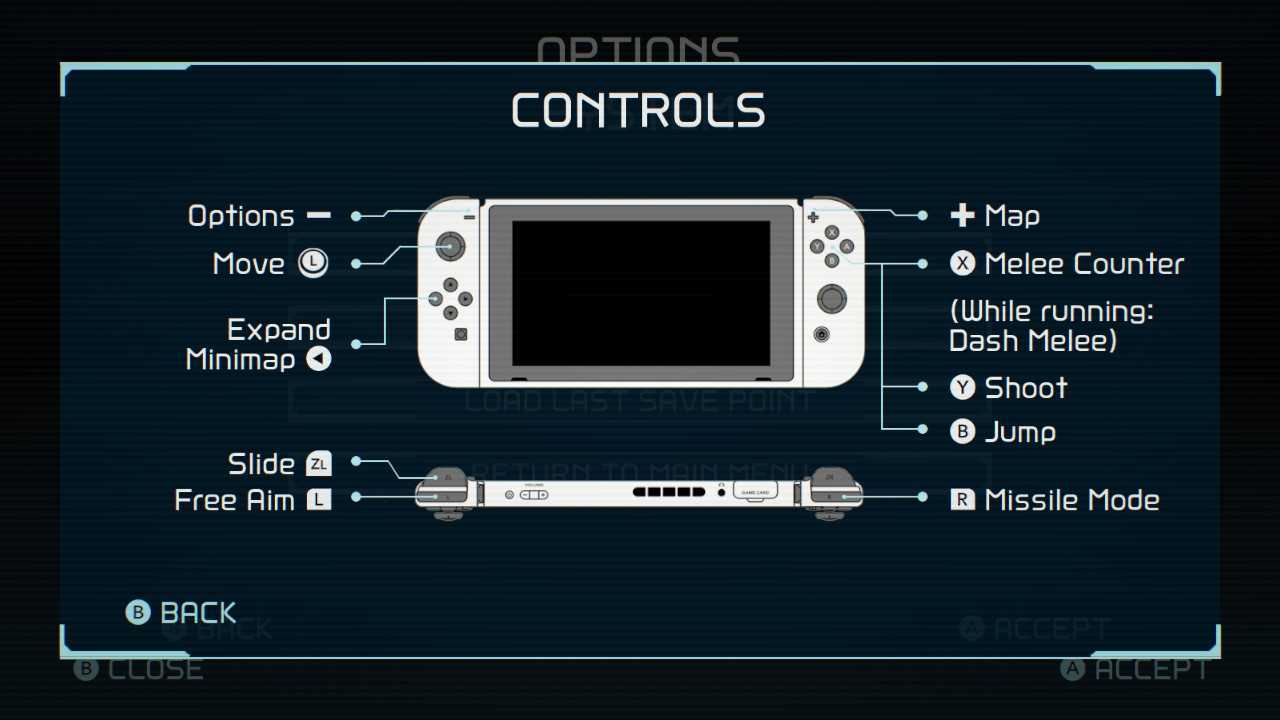
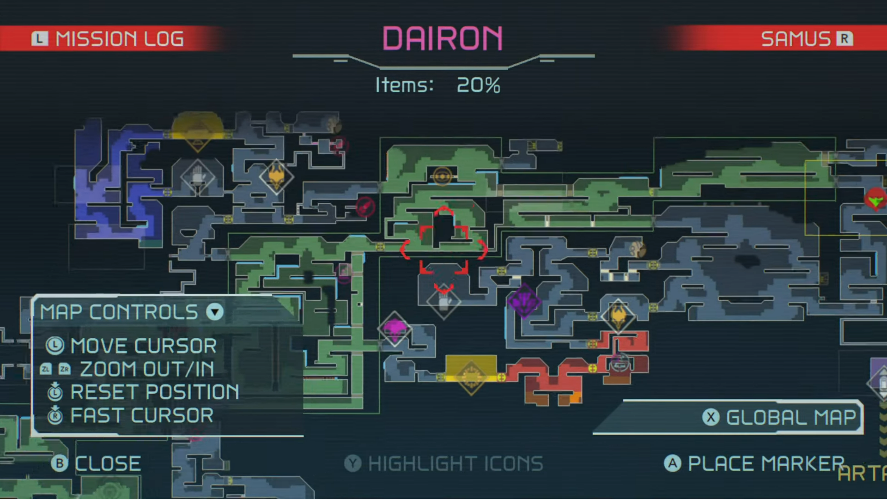
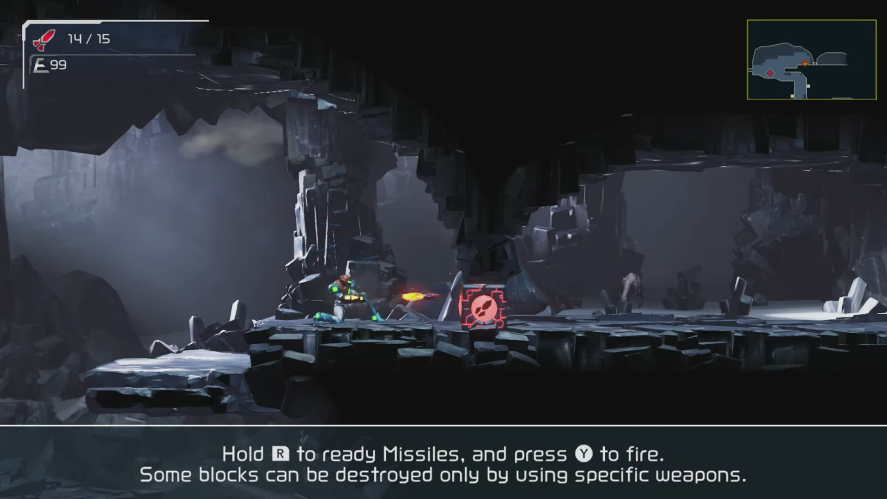


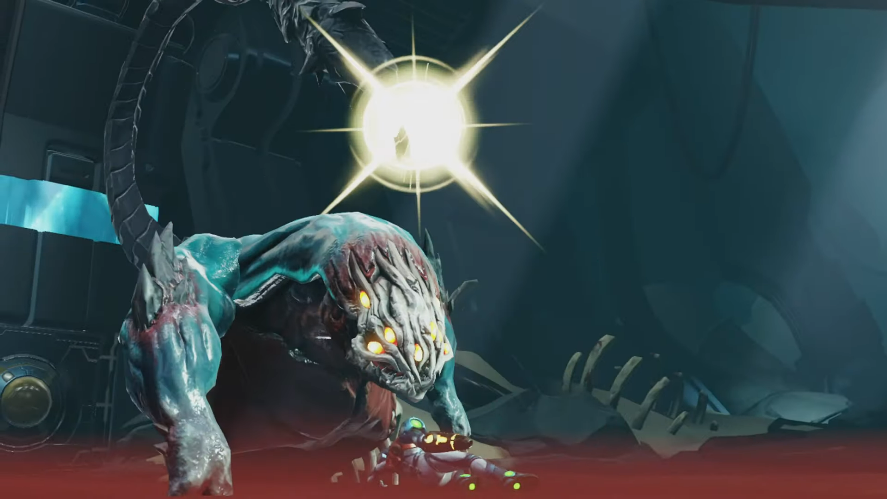

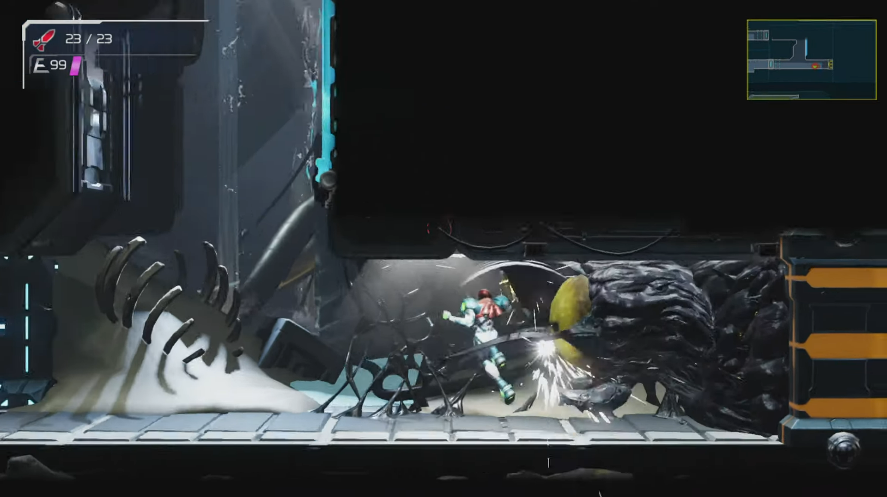
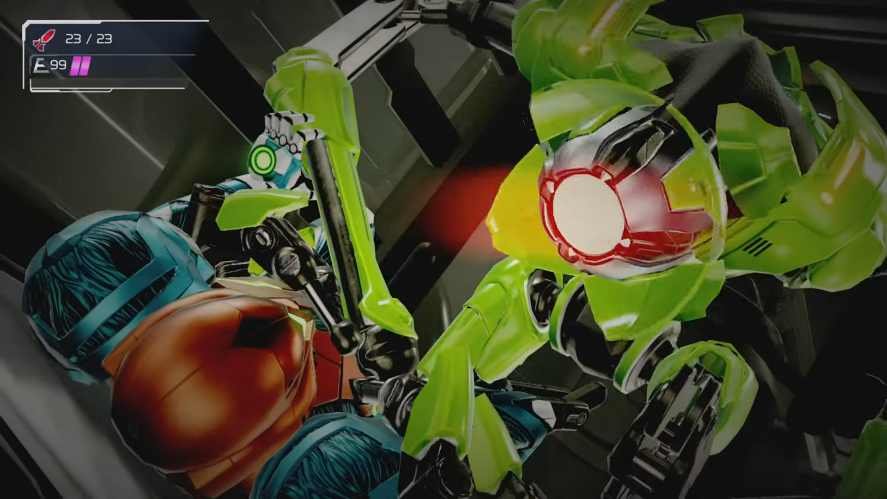
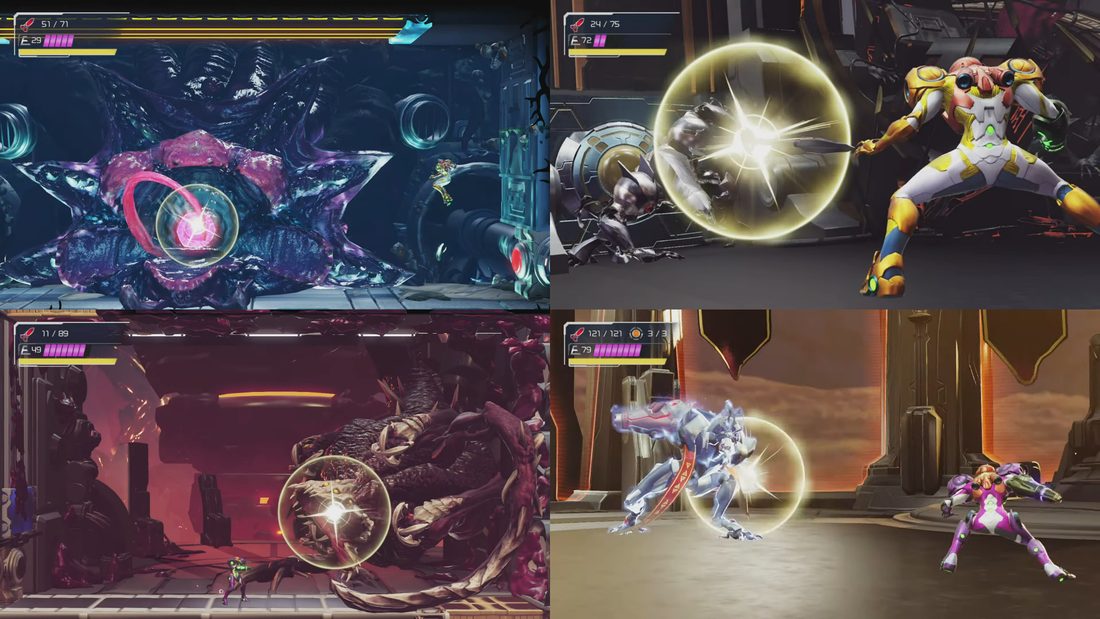


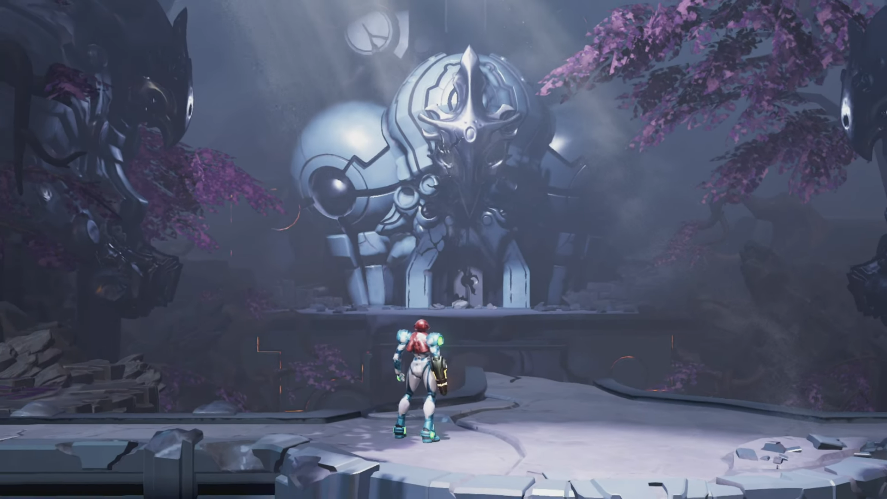
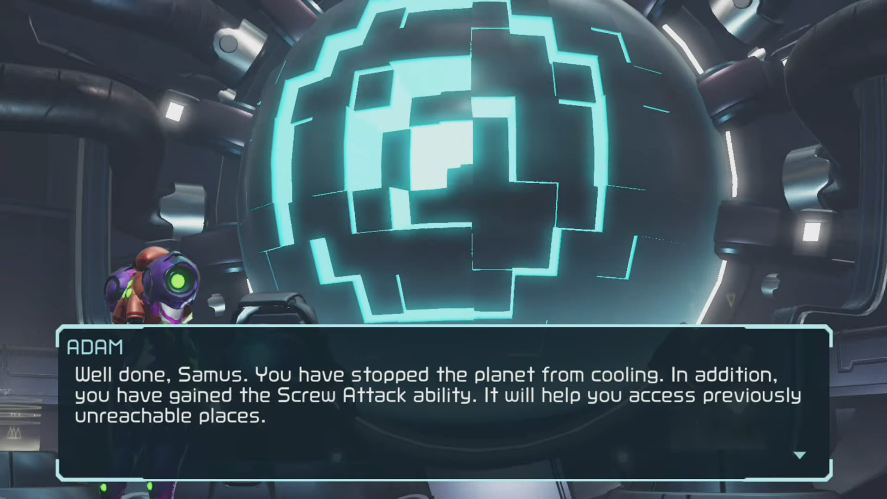

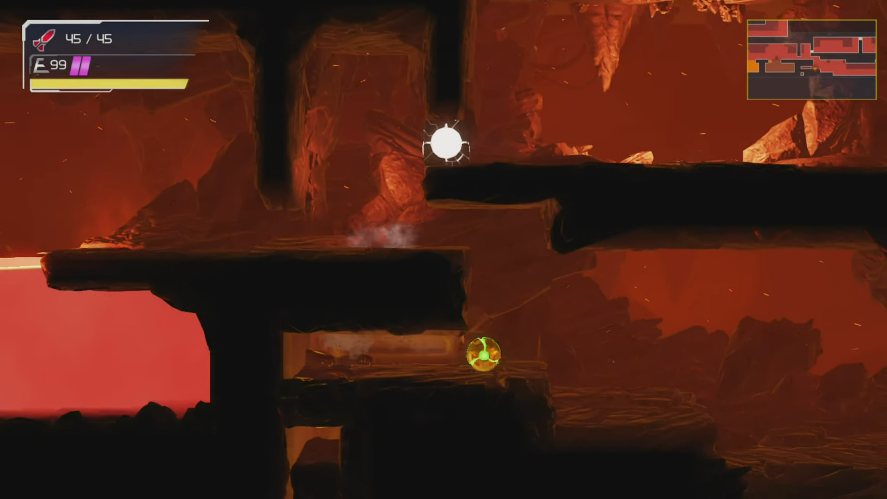
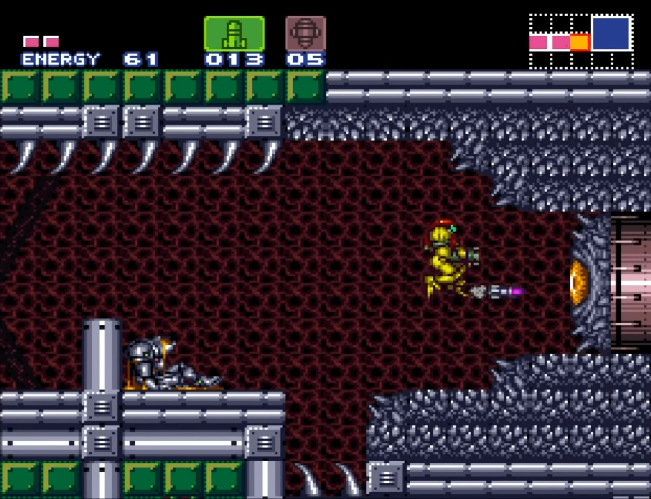
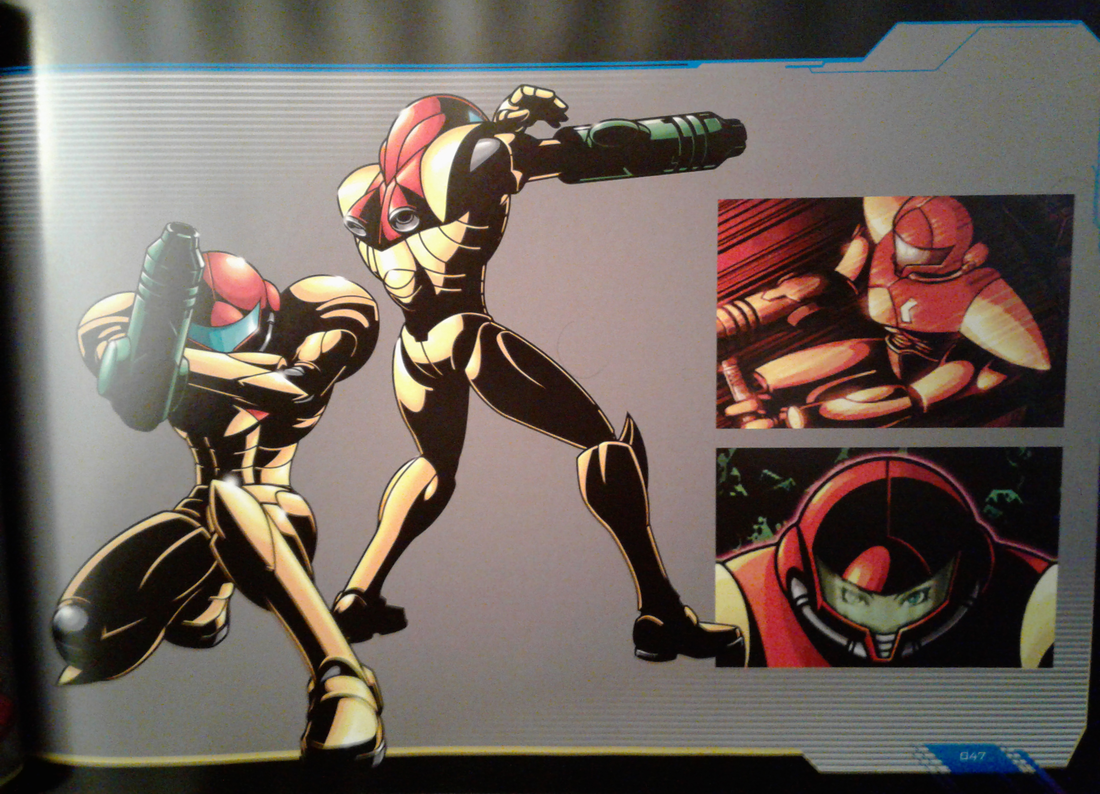

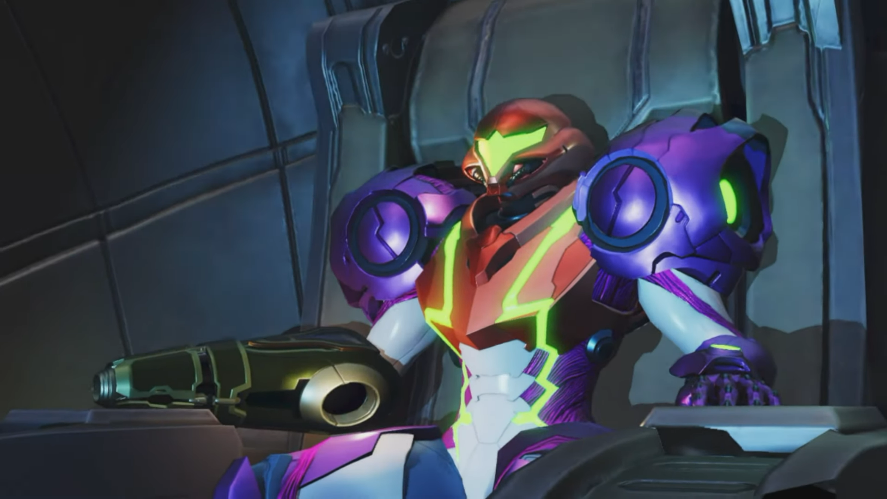
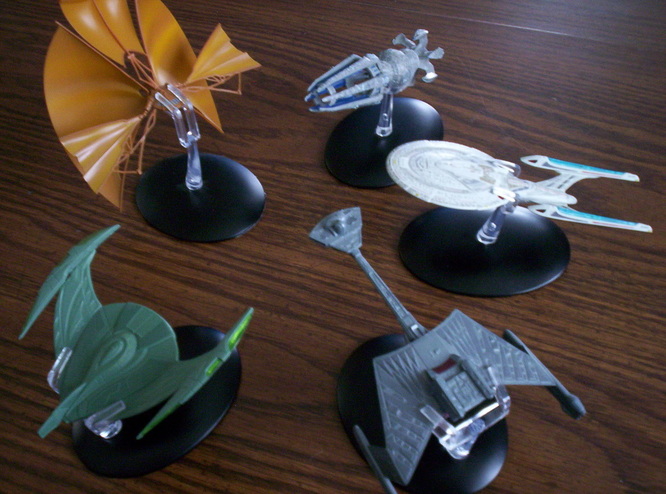
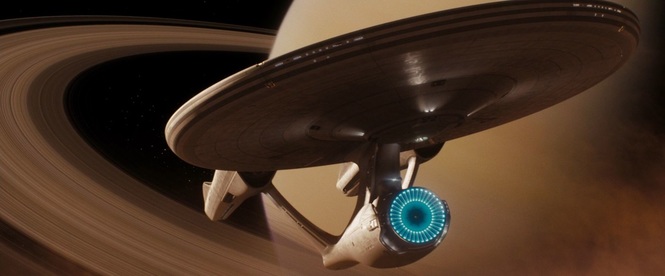
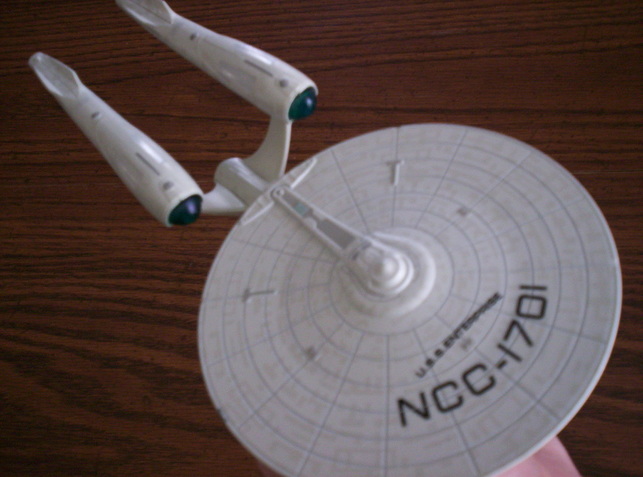
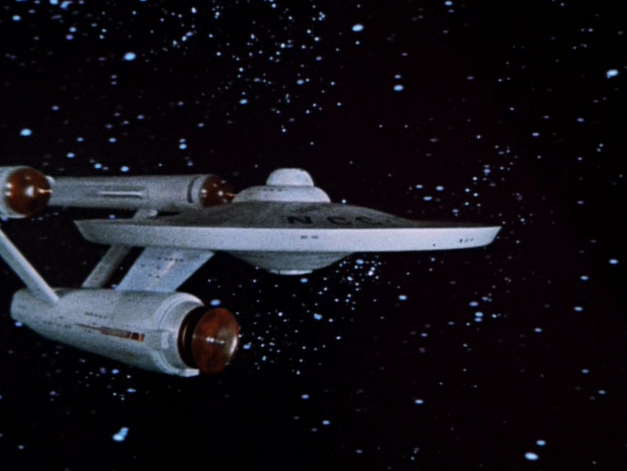
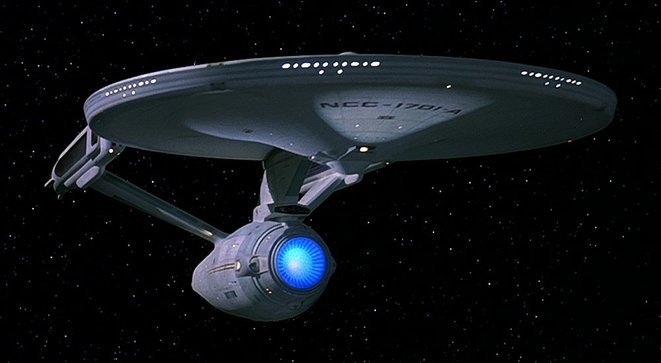
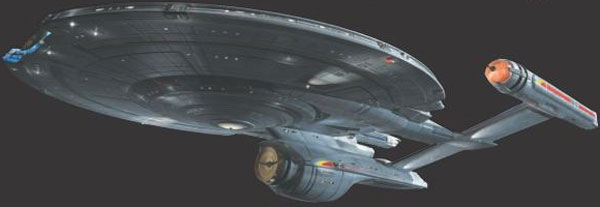
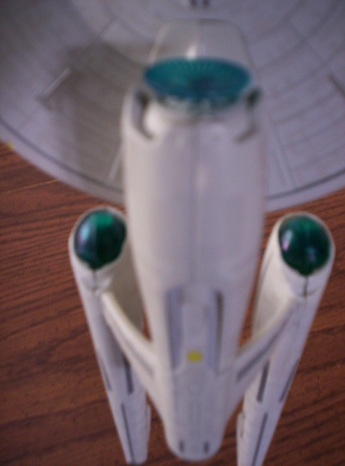
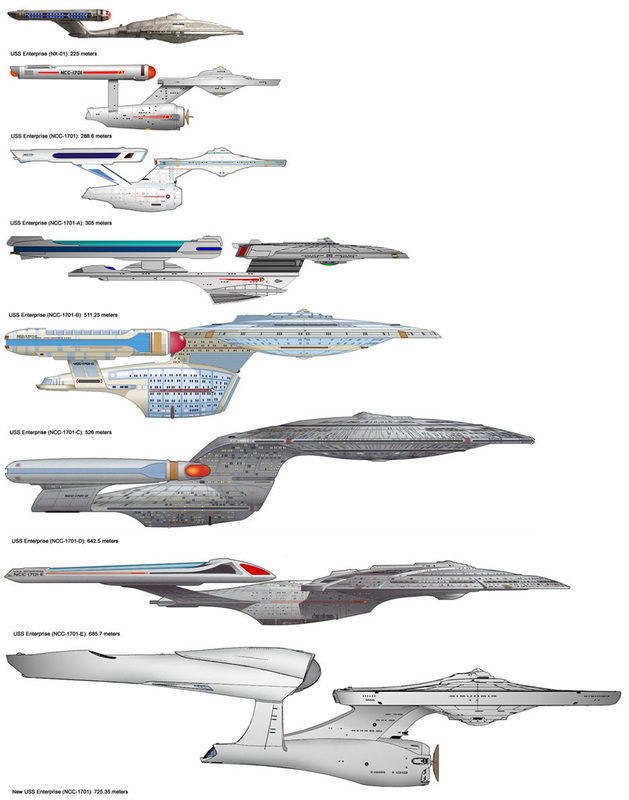
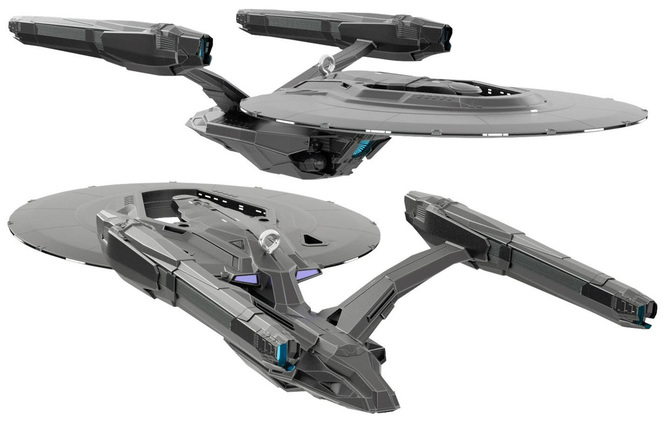
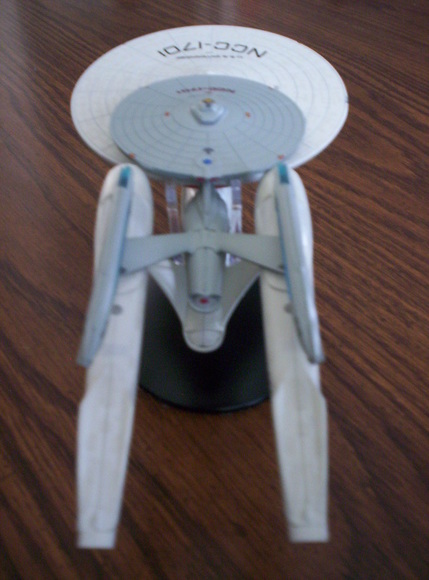
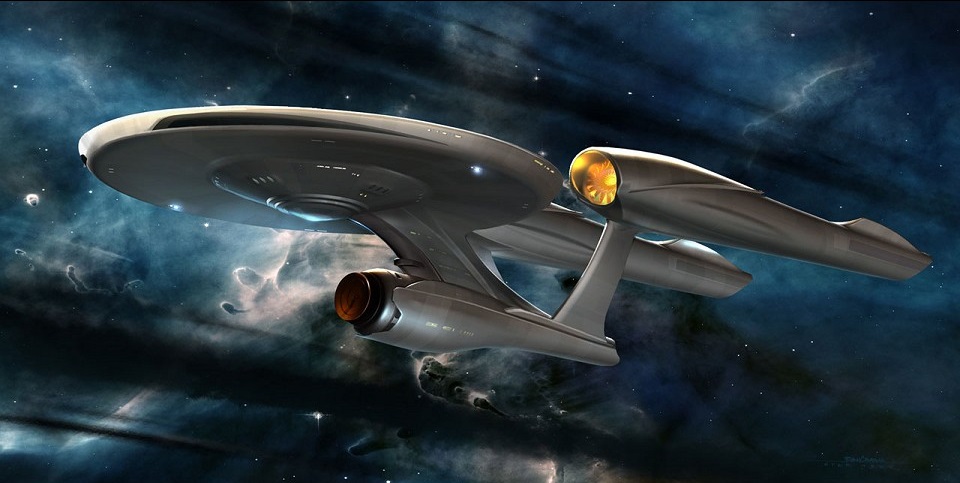
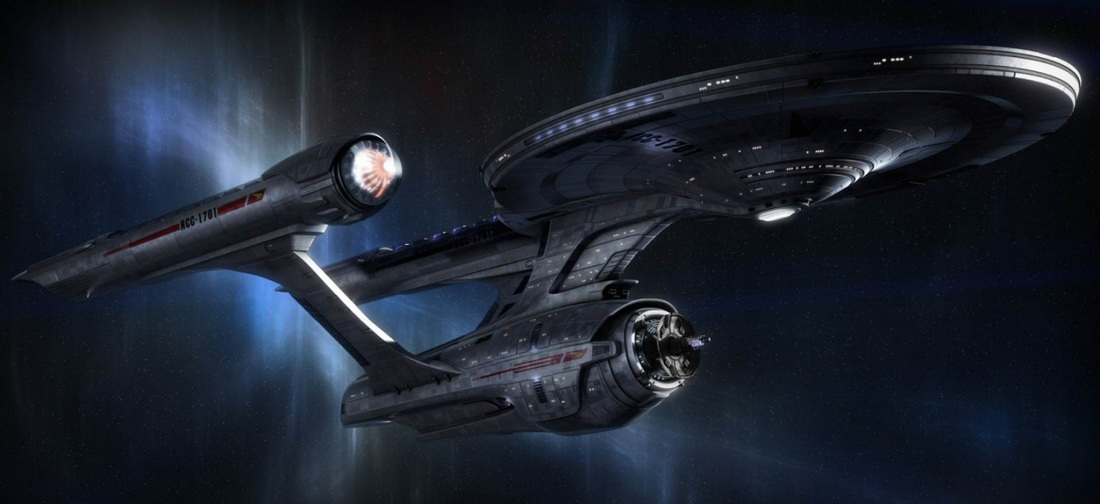
 RSS Feed
RSS Feed

